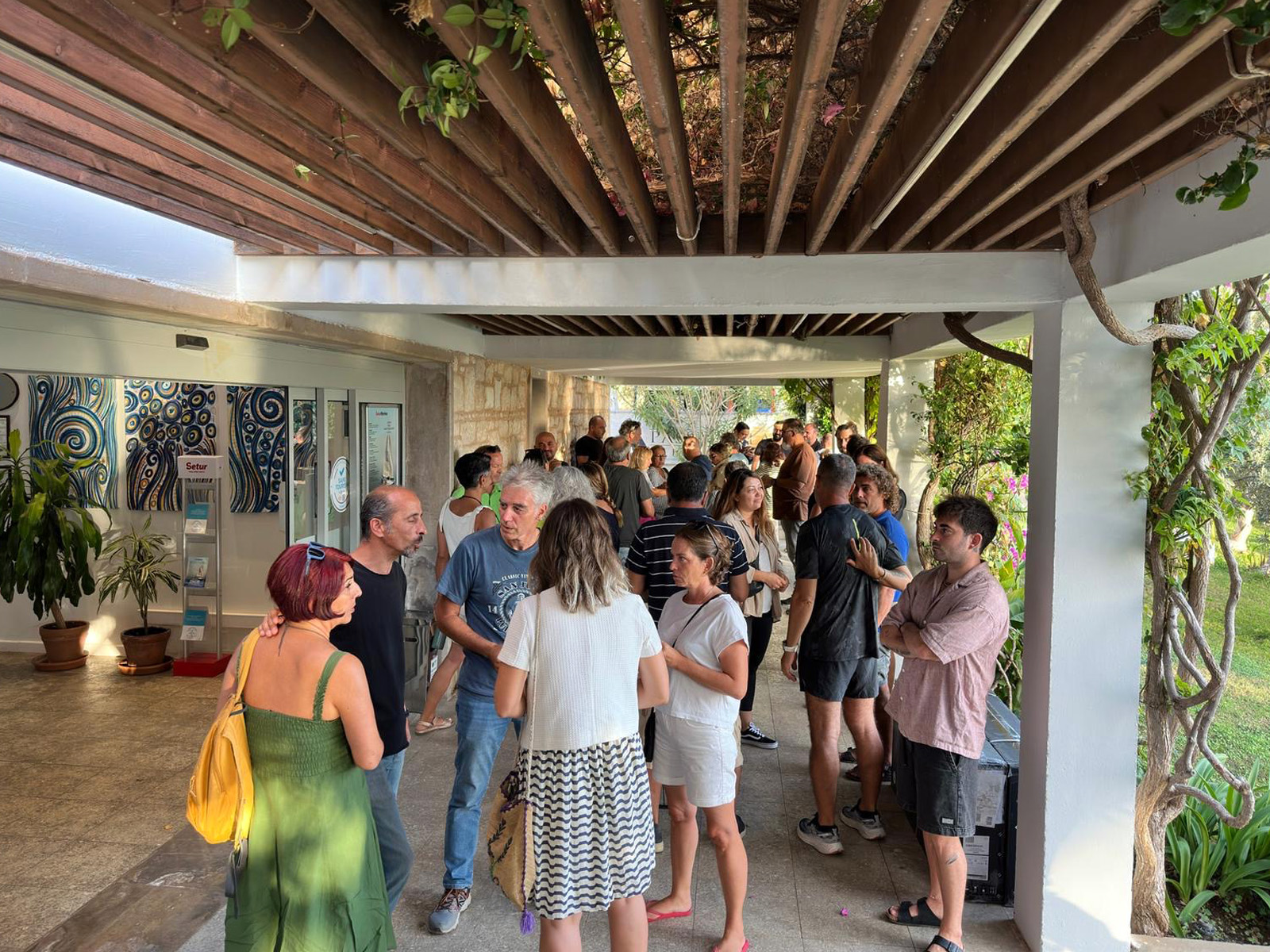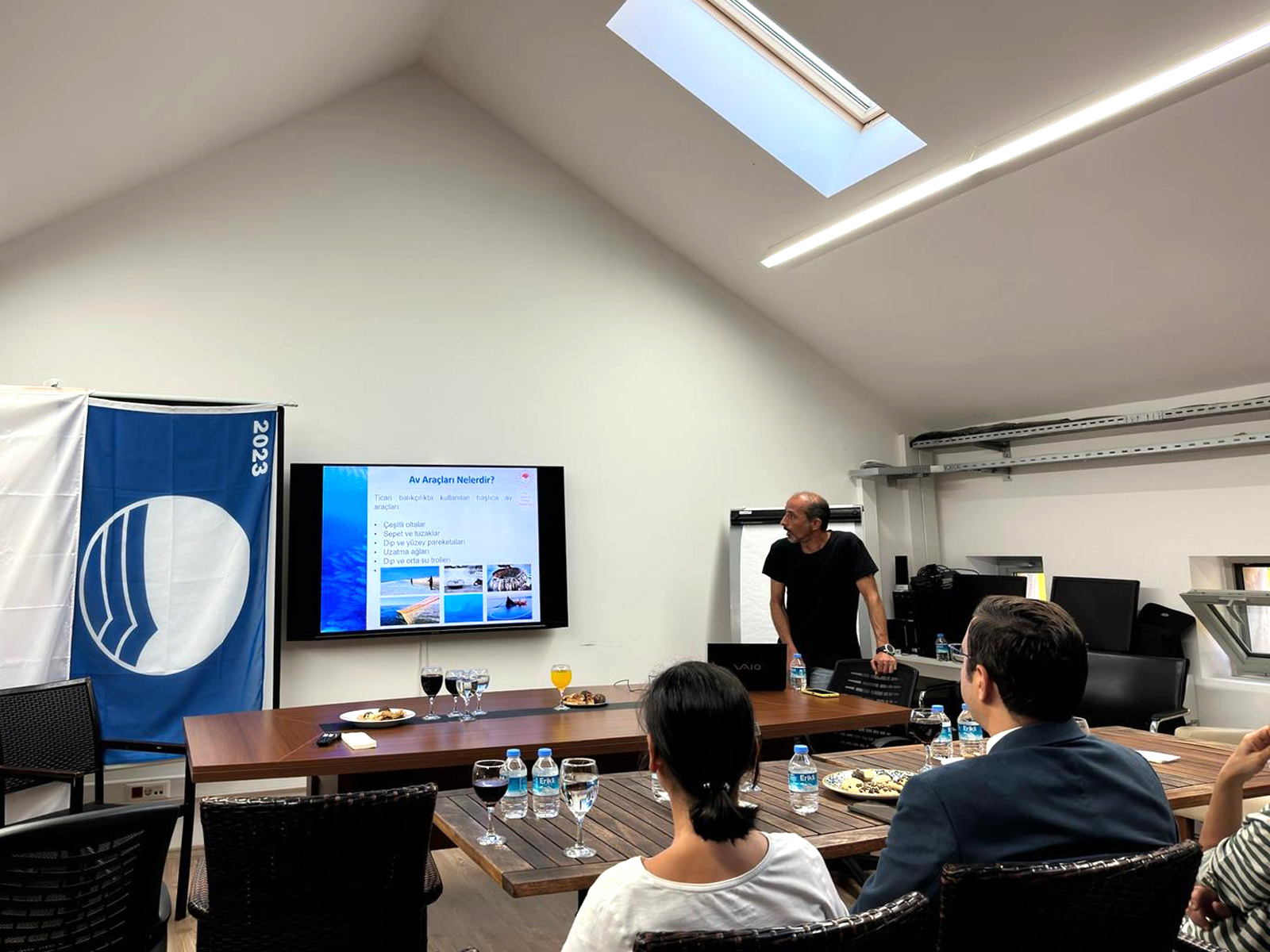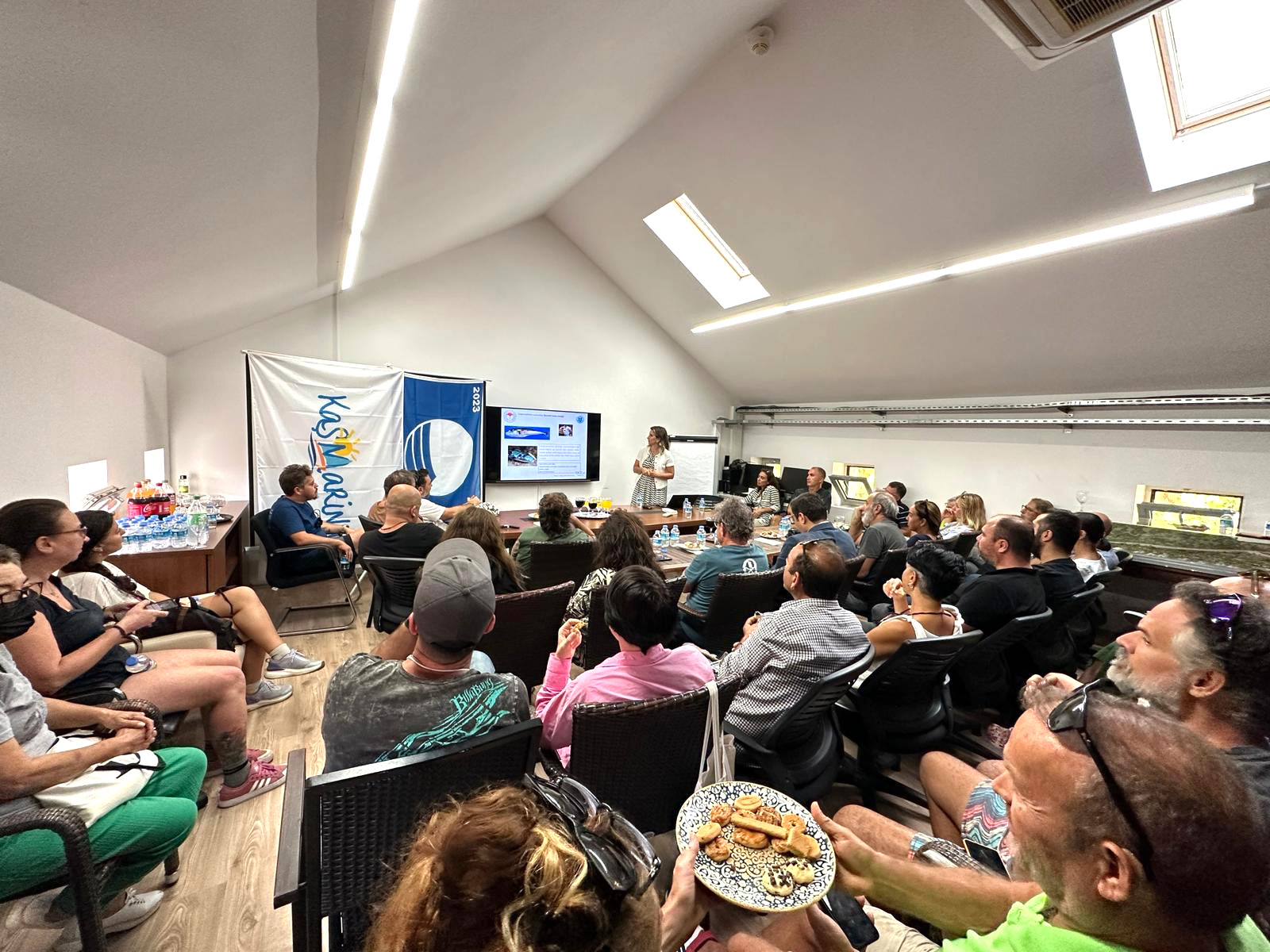Invaders, ghosts, and precautions against them
This past November, Kaş Marina hosted an important environmental event in which invasive fish species and "ghost nets" were discussed. The event drew attention not only with the questions asked but also with the solution suggestions.
Şahika Merve Akçap, Setur Marinas Kaş Front Office Representative
It all started with the opening of the Suez Canal in 1869. The fish species that migrate to Mediterranean waters via the canal included invasive species such as puffer fish and lionfish. Thanks to scientific studies carried out over the years, it had been realized that invasive fish species caused the population of native fish to decline. Among these, there were also protected fish species such as grouper. That's when alarm bells started ringing.

Alarm bells rang this time at the environment and awareness event held in Kaş Marina on November 8. In two different sessions organized with the contributions of Dr. Merve Karakuş from the Mediterranean Fisheries Research, Production and Training Institute and Gürol Eser from the Kaş District Directorate of Agriculture and Forestry, the effects of invasive fish species and ghost nets on our seas were discussed. The event, attended by scientists, underwater photographers, diving instructors, local fishermen and underwater enthusiasts as well as sailors from the marina, also attracted a great deal of attention from the Kaş district center.
One of the points that Dr. Merve Karakuş emphasized in the session was that it was not possible to consume by eating puffer fish, which is an invasive species. Because these are poisonous fish. However, as a result of the work of Dr. Merve Karakuş and her teammates, it was discovered that the skins of puffer fish can be used as textile material. Within the scope of a project, items such as bags and wallets were produced from the skin of puffer fish, and it was seen that the population of puffer fish could be reduced with a controlled method. Well, that's the good news!
As for lionfish, unlike puffer fish, they are edible. Dr. Merve Karakuş not only gave this crucial information at the event, but also explained how to catch and clean lionfish and consume them. Karakuş underlined that lionfish can be cooked after removing its spines with scissors, and that it is not poisonous in any way after cooking, and is even a very delicious fish.
One of the topics of the event was "ghost nets". The waste that is formed by fishermen leaving behind their nets stuck on the rocks at the bottom of the sea is often called "ghost net". So there is a net, but it wanders at the bottom of the water like a ghost. And it continues to hunt down stealthily. How?

Scientific studies show that most ghost nets remain intact in nature and continue to hunt passively. These nets, which cover the underwater habitat, reduce light and oxygen permeability threatening sea grass and coral reefs. They also cause micro-plastic pollution. Ghost nets pose a major threat to many marine creatures, especially Mediterranean monk seals and Caretta Carettas, which are under protection. Moreover, not only large fishing nets, but also fishing lines and hand nylon threads accumulate in the sea over time and cause environmental pollution.
Whatever the cause, whether it's invasive species or ghost nets, the alarm bells for marine pollution are ringing louder than ever. It is up to us, sea lovers, to come to the sea's rescue.
Photographs: Şahika Merve Akçap, Barbaros Turan


